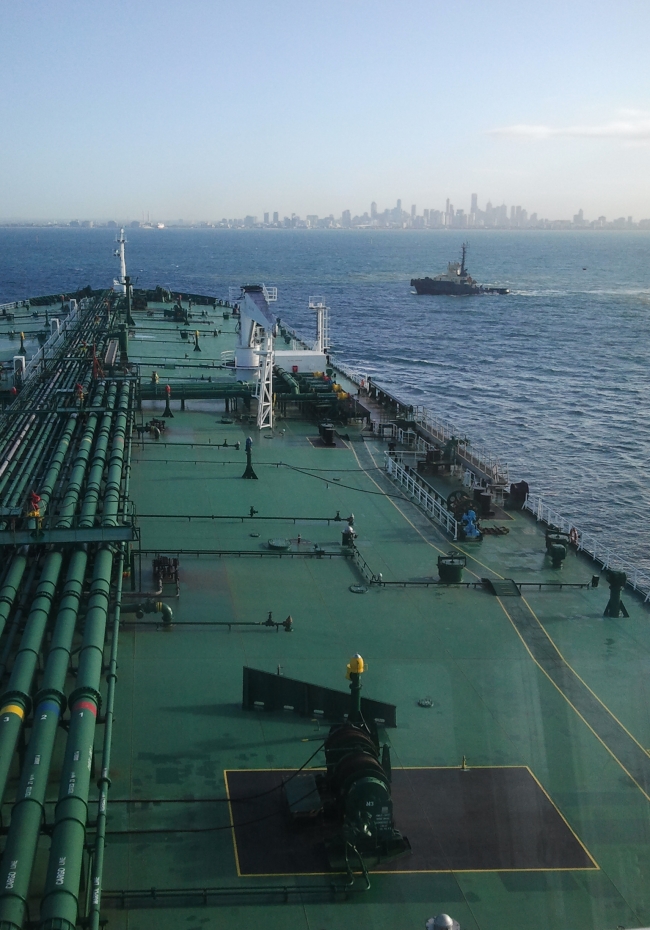Melbourne Suezmax Tanker Accessibility
ExxonMobil facilitating larger vessels with deeper drafts
Client: Port of Melbourne Corporation and ExxonMobil
Project Location: Melbourne, Australia
Completion Date: March 2015

About the Client
The Port of Melbourne (PoM) Group is the private leaseholder and strategic manager of the Port of Melbourne’s commercial operations and assets which was announced by the Victorian Government on 19 September 2016.
The PoM Group’s objective is to deliver world class safe, responsible and reliable port facilities and services and play its part in delivering an efficient freight supply chain to support Victoria’s growing economy, including the efficient movement of goods within Melbourne and regional Victoria, together with a workable metro rail freight solutions.
Overview
The Port of Melbourne and one of their major port users, ExxonMobil, wanted to investigate the possibility of bringing vessels with a deeper draft than the 14.0m design maximum draft of the channels.
In a series of projects OMC investigated the likely delays for a range of drafts, up to 14.7m, and provided advice on limiting conditions for the vessels.
Subsequently ExxonMobil has begun bringing in vessels with incremental draft increases beyond 14.0m.
Services Used
- Defining design vessels and loading/stability conditions
- Environmental climate analysis for Port Philip and the Heads
- Bathymetric survey analysis for Port Philip and the Heads
- Tanker passage simulations into the Port of Melbourne
- Channel accessibility analysis
- Full mission bridge simulation assistance and expert advice
- Full scale DGPS vessel motion measurements
- Validation of modelling against full scale measurements
- Development of operational tools to assist planning
- Vessel delay analysis
The Solution
Using Dynamic Under-keel Clearance (DUKC®) technology OMC simulated transits into the Port of Melbourne using historical measured environmental conditions to determine the accessibility of the channel for a range of vessel drafts. In co-operation with the Port and Pilots, OMC participated in Full Bridge Simulations to assess the suitability of the historical analysis.
The Outcomes
Since the completion of the study, the client has begun to bring in vessels deeper than the previous 14.0m limit of the channel. The deepest Suezmax tanker to date into Port of Melbourne is 14.5m, with 14.7m tankers scheduled to arrive in the coming months.
With better understanding of the risks of delay, and systems in place to safely manage deeper vessels, the client was able to make better use of the channel beyond its original design with significant economic returns.
The Benefits
- Accomodate larger ships
- Save money on dredging
- Operate safer and more efficiently